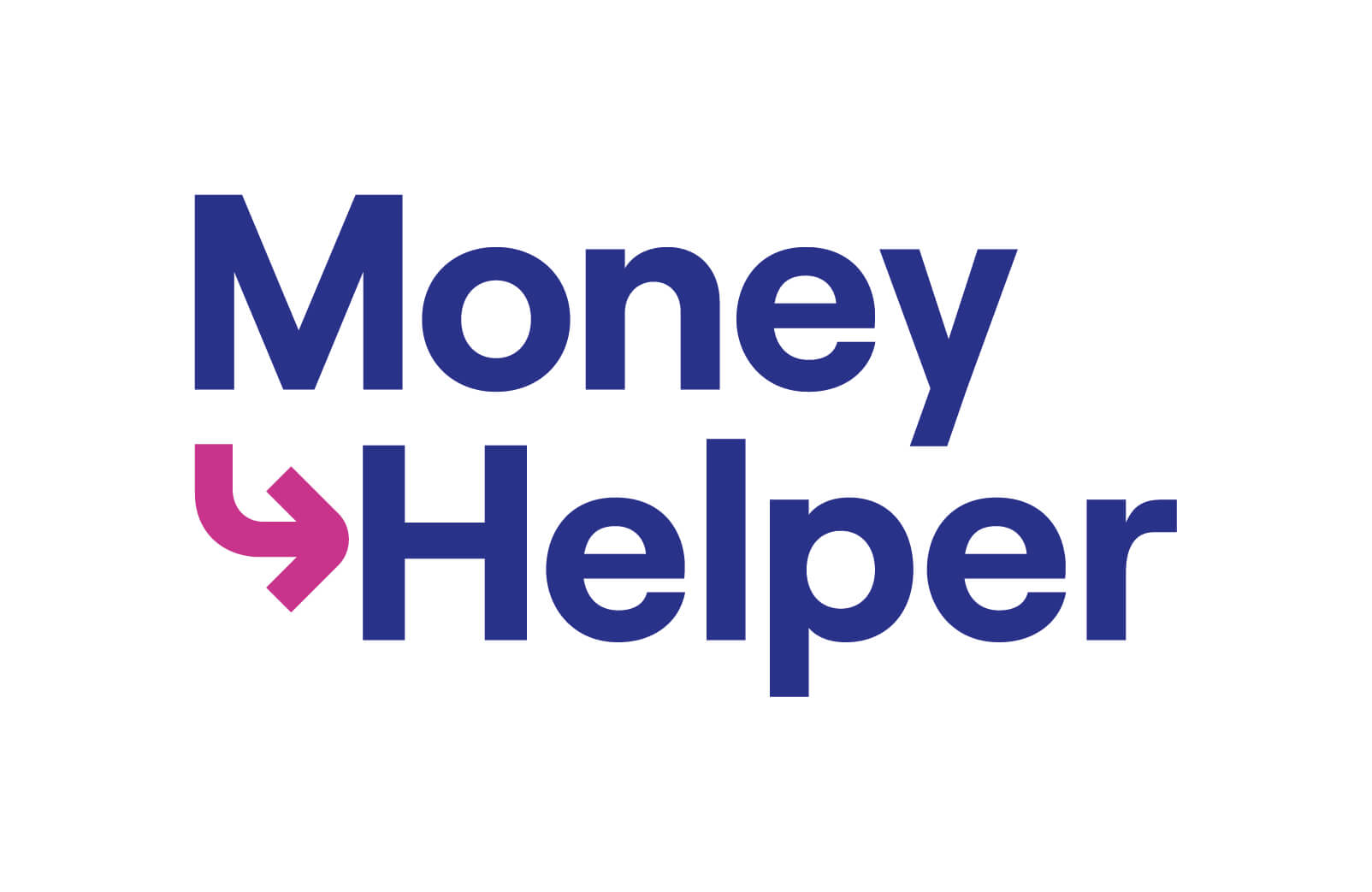Debt Relief Order (DRO)
A Debt Relief Order, often shortened to (DRO) is a way to help individuals in financial difficulty in England, Wales and Northern Ireland who have less than £50,000 in unsecured debts, who have little or no disposable income and have no assets to repay what they owe in a realistic timescale. Assuming that you meet the criteria to be able to apply for a DRO, there is no application fee to pay.
A DRO involves a partnership between The Insolvency Service and the professional debt advice sector. Advisers from the debt advice sector must be ‘Approved Intermediaries’ and help you apply to The Insolvency Service for a DRO. ‘Approved intermediaries’ assist you in applying using an online application form. The Official Receiver (not the court) will then consider your application. A DRO is a serious matter and there are many considerations that you will need to think about before you decide to apply for a DRO as it will impose certain restrictions on you. Clifford Watts will refer you to a suitable ‘Approved Intermediary’ if we agree that a applying for a DRO is in your best interest.

To find out more about managing your money and getting free advice, visit Money Helper, an independent service set up to help people manage their money.
What is a Debt Relief Order (DRO)?
A DRO is a legal order that allows most of your debts to be written off after 12 months if you can’t afford to pay them. During this time, you won’t have to make any payments towards your debts. After the 12-month period, if your circumstances haven’t improved, your debts will be written off completely.
Who Can Apply for a DRO?
You may qualify for a DRO if:
- You owe less than £50,000.
- You have less than £75 a month in disposable income (after essential living costs).
- You don’t own a car worth more than £4,000, and your other assets (savings and valuables) are worth less than £2,000 in total.
- You haven’t applied for a DRO in the last six years, and you aren’t involved in any other formal insolvency procedures (like bankruptcy or an Individual Voluntary Arrangement).
- You live in England, Wales or Northern Ireland.
How to Apply for a DRO
You can’t apply for a DRO on your own—you must go through an approved intermediary, like a debt adviser or a charity. They will check your eligibility and help you complete the application. There is no cost to apply for a DRO.
Once your DRO is in place, you will be protected from your creditors, and your debts will be frozen. After 12 months, your debts will be written off, unless your financial situation improves.
What Happens During a DRO?
- No Payments for 12 Months: During the DRO period, you don’t have to make any payments towards the debts included in the order.
- Debt Written Off: After 12 months, most of your debts will be written off if your situation hasn’t changed.
- Protection from Creditors: Your creditors cannot take any legal action against you during the DRO period.
- No Asset Seizure: You won’t have to sell your car unless your car is worth more than £4,000.
Which Debts Can Be Included in a DRO?
A DRO can cover most types of debts, including:
- Credit cards
- Loans and overdrafts
- Rent arrears
- Utility bills (gas, electricity, and water)
Some debts cannot be included, such as:
- Court fines
- Child maintenance payments
- Student loans
- Secured debts (like mortgages)
Advantages of a DRO
- There is no fee to apply for a DRO
- Debts Written Off: After 12 months, most of your debts are wiped out, giving you a fresh start.
- No Monthly Payments: You don’t have to make any payments towards your debts during the DRO period.
- No Legal Action: Creditors cannot chase you for payments or take legal action during the 12 months.
Disadvantages of a DRO
- Impact on Credit Rating: A DRO will stay on your credit file for six years, affecting your ability to borrow money in the future.
- Public Record: Your DRO will be recorded on the public Individual Insolvency Register.
- Limited Eligibility: You must meet strict criteria to qualify for a DRO, including having low income and few assets.
- Restricted Financial Activity: While you have a DRO, you may face restrictions on certain activities, such as borrowing more than £500 without telling the lender about your DRO.
Debt relief restrictions order (DRRO) or undertaking (DRRU)
A DRRO or a DRRU are civil sanctions that a court may impose on a debtor. It is a formal insolvency proceeding where the restrictions of a DRO continue to apply for a specified period of between 2 and 15 years. In this respect, it is similar to a Bankruptcy Restriction Order (BRO). If while applying for the DRO, or after having it approved, you are found to have not given an open and honest account of your financial affairs, or you have not co-operated with the official receiver, you may have a DRRO enforced against you and you may be liable to prosecution.
Is a DRO Right for You?
A DRO is a good option if you meet the criteria and have no realistic way of repaying your debts. It can provide relief from unmanageable debts and stop pressure from creditors. However, it’s important to consider other options too, such as:
Debt Management Plan (DMP): If you can afford to make smaller payments towards your debts, a DMP might be a better option, as it won’t affect your credit rating as much.
Bankruptcy: If your debts are higher than £50,000 or you don’t meet the DRO criteria, bankruptcy might be a more appropriate solution.
Individual Voluntary Arrangement (IVA): A legally binding agreement to pay back part of your debts over time, usually over five years.
